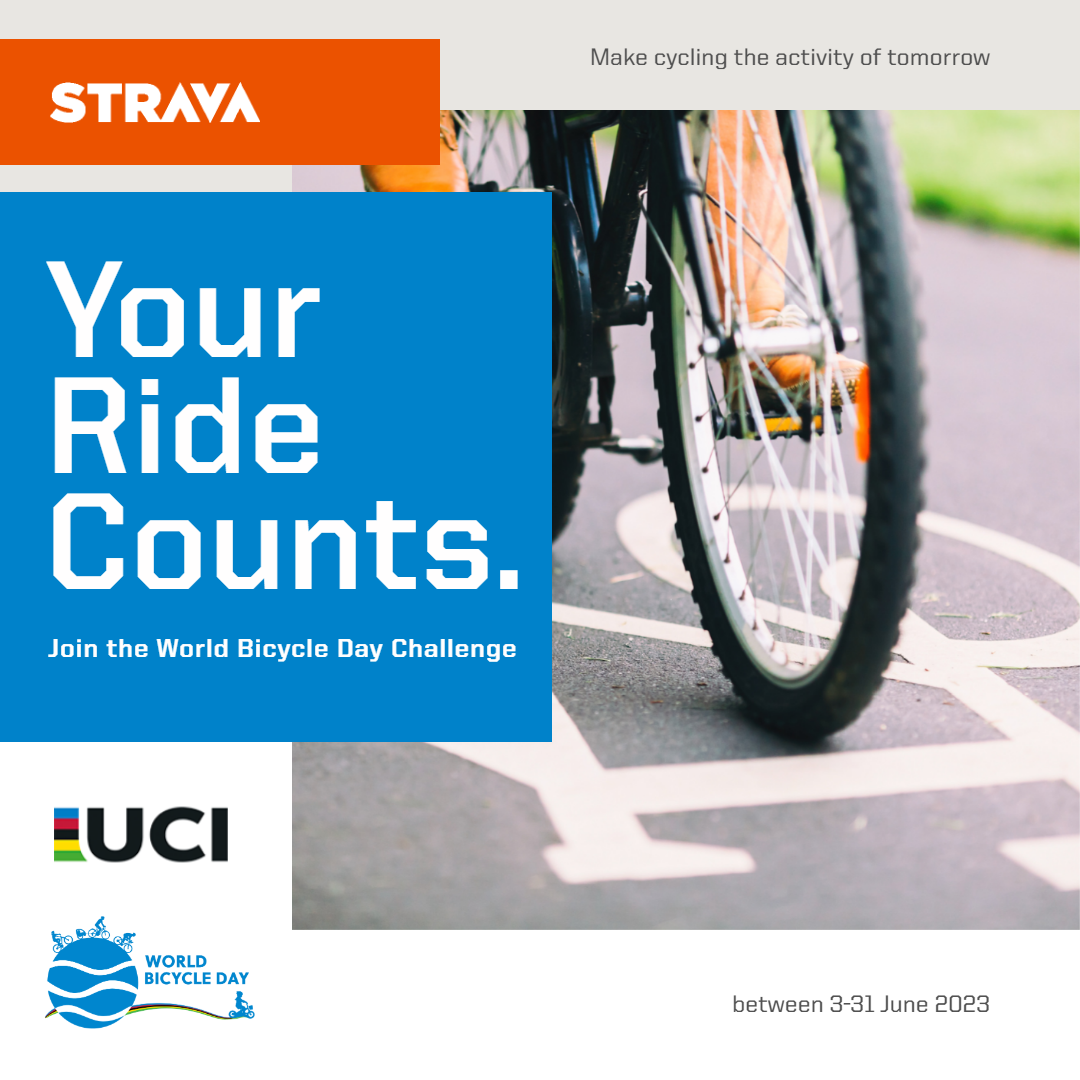By Charles Pekow
 A pair of studies from across the pond recently indicated that specific ways to separate cyclists from autos can bring specific safety benefits.
A pair of studies from across the pond recently indicated that specific ways to separate cyclists from autos can bring specific safety benefits.
What are the best methods for protecting cyclists in bike lanes when strong physical barriers are lacking? The International Transport Forum, headquartered in Paris, studied that issue and released Light Protection of Cycle Lanes: Best Practices Discussion Paper (https://www.itf-oecd.org/light-protection-cycle-lanes-best-practices).
Bike lanes can be separated from auto traffic lanes by vertical posts, planters, concrete blocks and short bumps, such as armadillos, striped stumps used in Europe (sometimes also called zebras). Researchers in England found little difference in effectiveness between the various methods — but they all seem to improve safety.
So far, no research has shown that low barriers increase danger for other road users, though some motorcyclists and truckers have expressed a fear of hitting them. To make sure they are visible at night, planners should consider adequate lighting, adding reflective or light-colored material to them and starting a row of them with a higher bollard or post.
When bus stops fall along cycle tracks, the town of Enfield in England provided a raised platform for riders to disembark on outside the bike lane, so they don’t get out right into oncoming bike traffic. Cyclists can see stopped buses and will adjust their speed, figuring someone will be getting out.
Meanwhile, a study done for Transport for London, the public transit agency for the metropolitan area including the British capital, looked at cycle gates, physical barriers separating bicycle from auto traffic at traffic lights. London has been experimenting with them at intersections where cyclists are likely to go straight while many drivers turn left. The idea is to prevent cyclists from getting hit by turning cars. (Remember that in the United Kingdom, motorists drive on the other side of the road.)
Cyclists and motorists get separate light signals and never get green at the same time. The idea is to reduce the likelihood of collision by having the two modes of transport proceed in different lanes at different times. While some cyclists went through red lights, they tended to do so when no cars were turning left. Some cyclists opted to use the main road instead of the cycle gate.
Researchers observed two London intersections with cameras but did not interview anyone so can’t ask motivation for running a red light, not using the cycle gate, etc. But their observations found that very few autos got stuck in the way when lights changed. The few problems observed came when a motorist ran a red light or stopped too far (the auto stop lanes lie several feet before the intersection and cyclist stop line) or couldn’t clear the intersection because of traffic ahead, or a motorcycle using the cycle gate.







